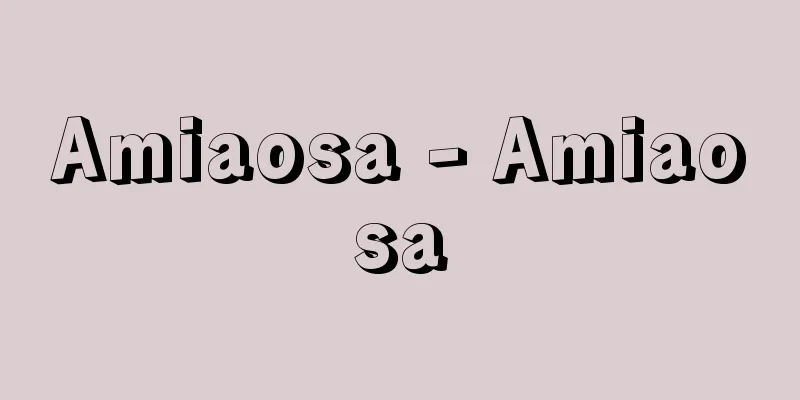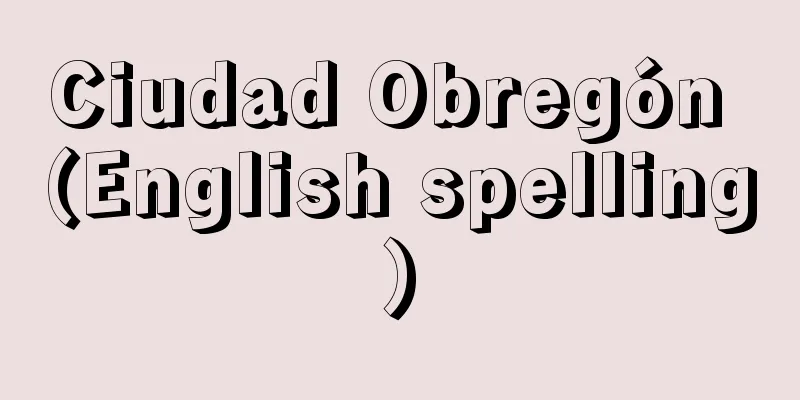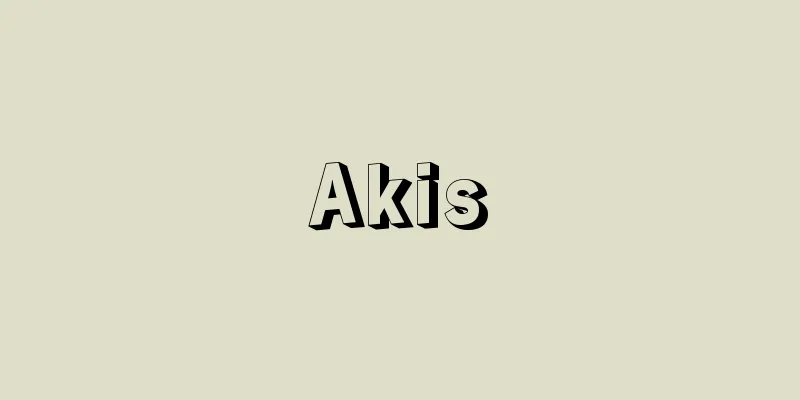Guinea (English spelling)

|
Official name: Republic of Guinea. Area: 245,857 km2 . Population: 10,222,000 (2011 estimate). The capital is Conakry. A country in the western part of the African continent. It borders Senegal and Mali to the north, parts of Mali and Côte d'Ivoire to the east, Liberia and Sierra Leone to the south, and Guinea-Bissau to the northwest, and faces the Atlantic Ocean to the southwest. The coastal areas are hot and humid coastal plains and tropical rainforests. The upper Niger River basin in the northeast is savanna, the southeast is highland including Mount Nimba (1,752m), and the Fouta Djallon mountain range, which forms the watershed of West Africa, is located in the mid-west. The average annual temperature in Conakry is 26.7°C. Annual precipitation is the highest in the coastal areas, where it exceeds 4,000mm. In the 15th century, the Portuguese arrived on the coast, and it became a port of call for European slave traders. In the 17th century, France and Britain fought over control of the island. In 1849, part of the coast became French territory, and in 1880, Tombo Island, where Conakry is located, and in 1881, the Fouta Djallon mountain range became French protectorates. In 1890, it separated from Senegal and became a separate colony, later renamed French Guiana, and in 1895, it became part of French West Africa. In 1946, it became a French overseas territory, but in a referendum in September 1958, the French rejected the Constitution of the Fifth Republic, and in October of the same year, it left the French Community and became independent as the People's Revolutionary Republic of Guinea. In 1984, a bloodless coup d'état changed the country's name to its current one. The economy once depended on agriculture and livestock farming, but made great progress with the development of bauxite and iron ore that began in the 1950s. The majority of exports are bauxite, of which reserves are among the largest in the world, and its semi-processed product alumina. Other mining resources include iron ore and gold. Bauxite mines are located in Fria, Boke, Kindia, etc., and abundant iron ore deposits are found on Mount Nimba on the border with Liberia and Mount Simandou near the border with Côte d'Ivoire. Development by foreign capital has been underway since 1981. Agricultural exports include coffee, bananas, pineapples, and palm kernels. The main inhabitants are the Susus people on the coast, the Fulani (→Fulbe people) in the mountains, the Malinke people in the northeast, and the Kissi people in the south. Over 80% are Muslim, with the rest following tribal traditional religions or Christianity. The official language is French, but the use of local languages is encouraged. Guinea |
|
正式名称 ギニア共和国 République de Guinée。 面積 24万5857km2。 人口 1022万2000(2011推計)。 首都 コナクリ。 アフリカ大陸西部の国。北はセネガル,マリ,東はマリの一部とコートジボアール,南はリベリア,シエラレオネ,北西はギニアビサオと国境を接し,南西は大西洋に臨む。沿岸部は高温多湿な海岸平野で熱帯雨林地帯。北東部のニジェール川上流域はサバナ,南東部はニンバ山 (1752m) を含む高地で,中西部に西アフリカの分水界をなすフータジャロン山地がある。年平均気温はコナクリで 26.7℃。年降水量は最も多い沿岸部で 4000mm以上。 15世紀,沿岸部にポルトガル人が来航,以後ヨーロッパの奴隷商人の寄港地となり,17世紀にはフランスとイギリスが支配権獲得をめぐり争奪,1849年沿岸部の一部がフランス領となったのをはじめ,1880年コナクリのあるトンボ島,1881年フータジャロン山地がフランス保護領となった。 1890年セネガルから分離して別の植民地となり,のちフランス領ギニアと改称,1895年フランス領西アフリカの一部となった。 1946年フランス海外領となったが,1958年9月の住民投票の結果フランス第5共和国憲法を拒否,同年 10月フランス共同体から離脱し,ギニア人民革命共和国として独立。 1984年無血クーデターにより現国名に改称。経済はかつては農業と牧畜に依存したが,1950年代に始まったボーキサイトと鉄鉱石の開発により大きく進展。輸出の大半は世界屈指の埋蔵量をもつボーキサイトと,その半加工品のアルミナで,ほかに鉄鉱石,金も産する。ボーキサイト鉱山はフリア,ボケ,キンディアなどにあり,鉄鉱石はリベリアとの国境のニンバ山と,コートジボアールとの国境に近いシマンドゥ山に豊富な鉱脈があり,1981年から外国資本による開発が進んでいる。農産物の輸出はコーヒー,バナナ,パイナップル,パーム核など。住民は沿岸部のスス族,山地部のフラニ族 (→フルベ族 ) ,北東部のマリンケ族,南部のキッシ族などが主。 80%以上がイスラム教徒で,ほかは部族固有の伝統宗教とキリスト教徒。公用語はフランス語であるが,現地語の使用が奨励されている。 ギニア
|
<<: Guinea-Bissau (English spelling)
>>: Guinea [Region] (English name)
Recommend
Wooden shoes
… Wooden shoes are made by hollowing out hard, wa...
Amsterdam Rhine Canal - Amsterdam Rhine Canal (English spelling) Amsterdam‐Rijn‐Kanaal
This 72 km long canal runs from the port of Amster...
Uranate - Uranyl
A general term for compounds with the formula M I ...
Clintonia andrewsiana
…[Tetsuichi Yahara]. … *Some of the terminology t...
Chen, E.
…Cantonese born in Trinidad, South America. Also ...
Joch
…overhangA rock that juts out like a eaves. It is...
Augusta (English spelling)
A port town on the Ionian Sea in the Syracuse Prov...
Suzu [city] - Suzu
A city at the northeastern tip of Noto Peninsula i...
Utsubo - Utsubo
…In addition, from the Heian period, the same sty...
Gibbon (long-handed monkey) - Gibbon (English spelling)
A general term for apes belonging to the family Ce...
Cassini, CF (English spelling) CassiniCF
…A family of French astronomers. Four generations...
Oreoica gutturalis (English spelling) Oreoicagutturalis
...Its beak is thick and short, and in English it...
Summer Yu-ok - Commerce
…A Chinese painter from the Southern Song Dynasty...
Ajisu [town] - Ajisu
A former town in Yoshiki District, facing the Suo ...
Amida
…In the Middle Ages, it was common to use the cha...






![Naka [town] - Naka](/upload/images/67cc62460fe32.webp)


